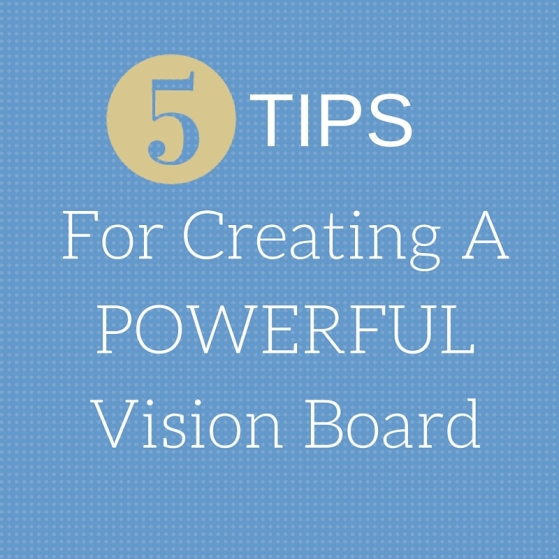The trends in content marketing tell us three things:
- Traditional advertising, as we use to know it is dead
- Content marketing has replaced traditional advertising
- Having a winning content marketing strategy is the single most effective way to get leads and turn leads into business revenue
How do you use content marketing to engage prospects and customers?You do this via blog posts, social media sites, videos, and photos. Done correctly, this will generate leads, enhance your brand identity, and put your company’s expertise on display. But your blog, Facebook page, and Tweets are just a means to get your message out. The real value is in the content that you share. Where can you get started?
Here are five ways to develop a content marketing strategy:
- Have A Plan: No, really, have a plan. Far too often people forget that they must plan for the success they desire. Thinking they can wing it is the #1 mistake most folks make. Your plan should support your brand’s mission and goals. It will include the unique value you are looking to provide. It should also outline the obstacles and opportunities you may meet as you execute your plan. Preparation is the key.
- Start Writing: When readers find themselves consistently reading a brand’s content, they start to see that brand in a new light, not only in terms of credibility but also likability. You can start a blog, contribute as a co-contributor to someone else’s blog, or submit articles to your industry trade magazine. Not much of a writer? Do a video blog or an audio blog.
- Listen To Clients: Not sure what to write about? Start off by writing down the questions you repeatedly hear from your clients. I guarantee those questions will spur ideas for articles or blog posts that would be valuable to your audience and may even land you a few new customers.
- Identify Your Audience: Know the specific audiences for whom you will create content, what their needs are, and what your content engagement cycle will be. Will you post once a week across many social networking platforms or several times a week across only two social sites? Knowing your audience will decide your level of engagement.
- Schedule Your Posts: I don’t know about you, but I’m always busy. If you are as well, invest in a “Social Media Management Tool.” There are many to choose from, but one of the most inexpensive (there is a free version) and intuitive tools is Hootsuite. It will help you keep track and manage your many social network channels and free you up to do those other posts… which… by the way… can also be scheduled. Need help coming up with a social media plan? Read my blog on ten ways to develop a social media plan.
What content do you have to share that will help drive business to your company or advance your organization’s mission? Let me know if I can help you master just the right content marketing strategy for your business that will turn prospects and online community members into leads and clients. Fill out the contact form below so we can get started strategizing.


 How is your vision? I’m not talking about your eyesight. I’m talking about your vision for the future. If you want to get clarity in this new year, you may want to think about creating a Vision Board. A Vision Board is a simple yet powerful visualization tool that can help you bring the things your desire into fruition. Maybe you want to increase your client base, build better relationships or create a more balanced work/home life. Whatever vision you would like to create for yourself in this coming year, a Vision Board is a great way to get started. Exactly what makes up a Vision Board? It is literally a board that will display images that represent whatever you want to be, do or have in your manifest into reality. The board is made up of a collage of images, pictures, and affirmations of your greatest dreams and desires. I like to create my Vision Board at the beginning of the year to set my intentions for the coming months.
How is your vision? I’m not talking about your eyesight. I’m talking about your vision for the future. If you want to get clarity in this new year, you may want to think about creating a Vision Board. A Vision Board is a simple yet powerful visualization tool that can help you bring the things your desire into fruition. Maybe you want to increase your client base, build better relationships or create a more balanced work/home life. Whatever vision you would like to create for yourself in this coming year, a Vision Board is a great way to get started. Exactly what makes up a Vision Board? It is literally a board that will display images that represent whatever you want to be, do or have in your manifest into reality. The board is made up of a collage of images, pictures, and affirmations of your greatest dreams and desires. I like to create my Vision Board at the beginning of the year to set my intentions for the coming months.









You must be logged in to post a comment.